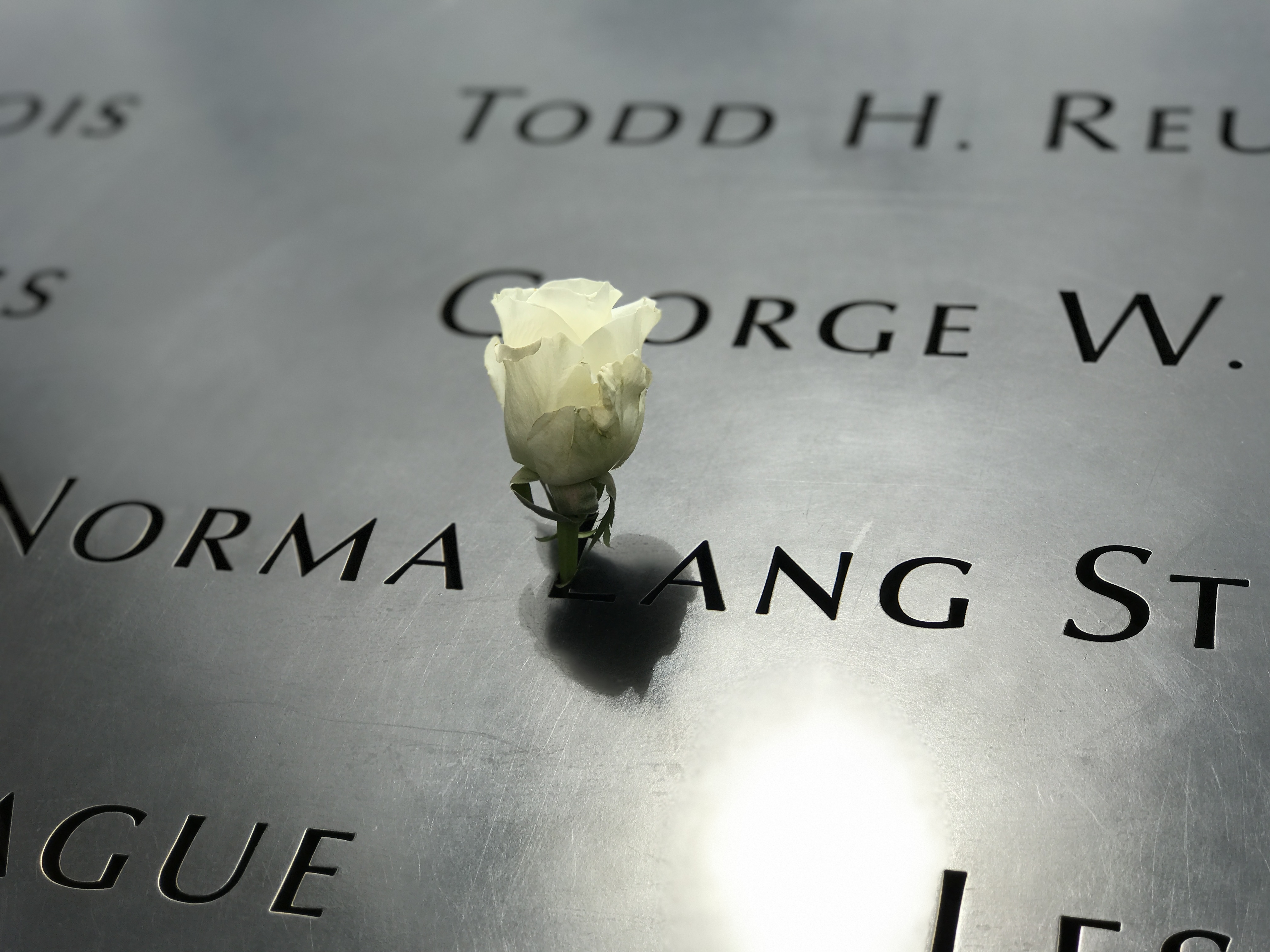
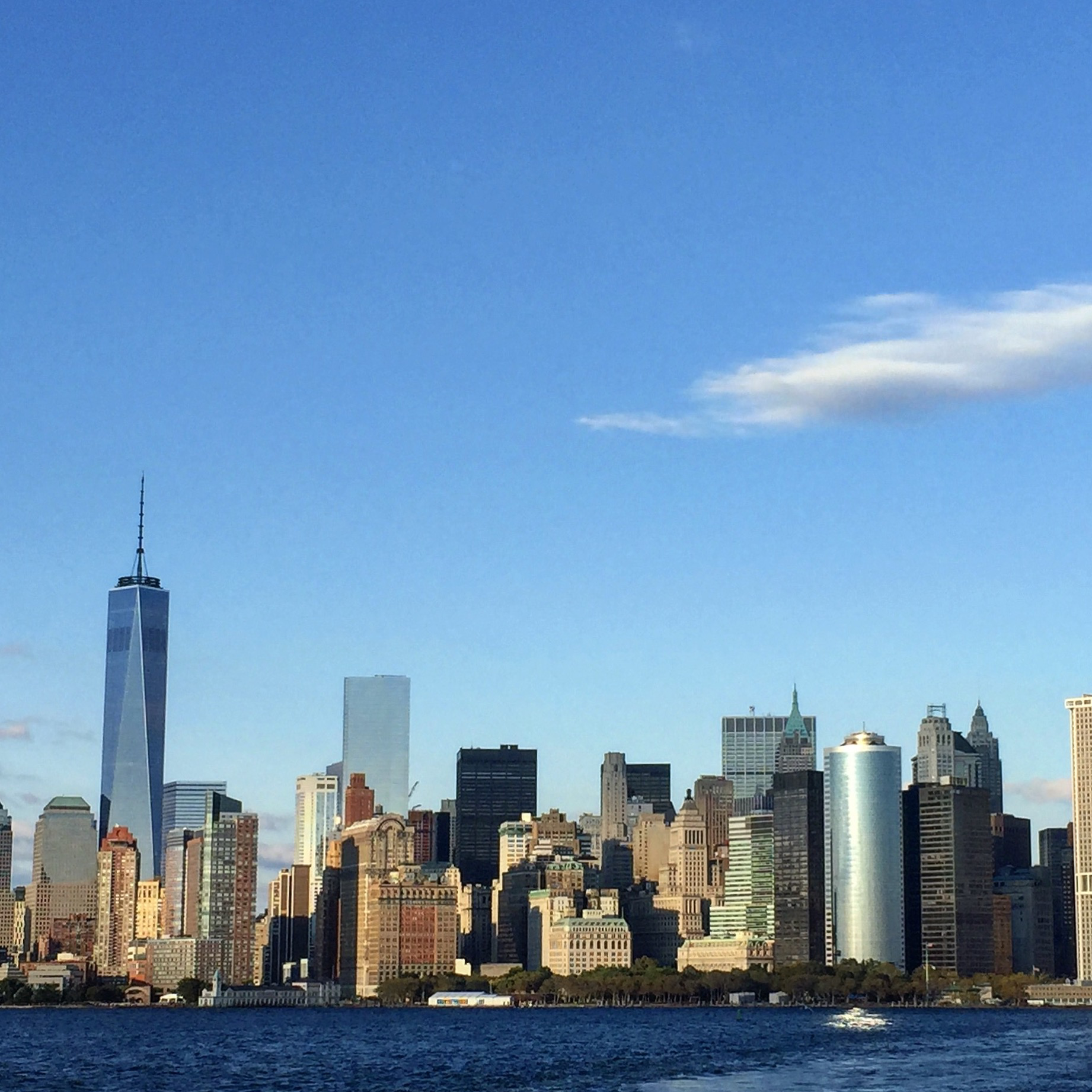
Times Square, Central Park, Broadway, Statue of Liberty, bagels, and The City That Never Sleeps. These are some of what iconic New York City has always been known for, and on September 11, 2001, the city added The Worst Terrorist Attack the World Had Ever Seen to its status. The city didn’t ask for the designation and to this day refuses to be defined by it.
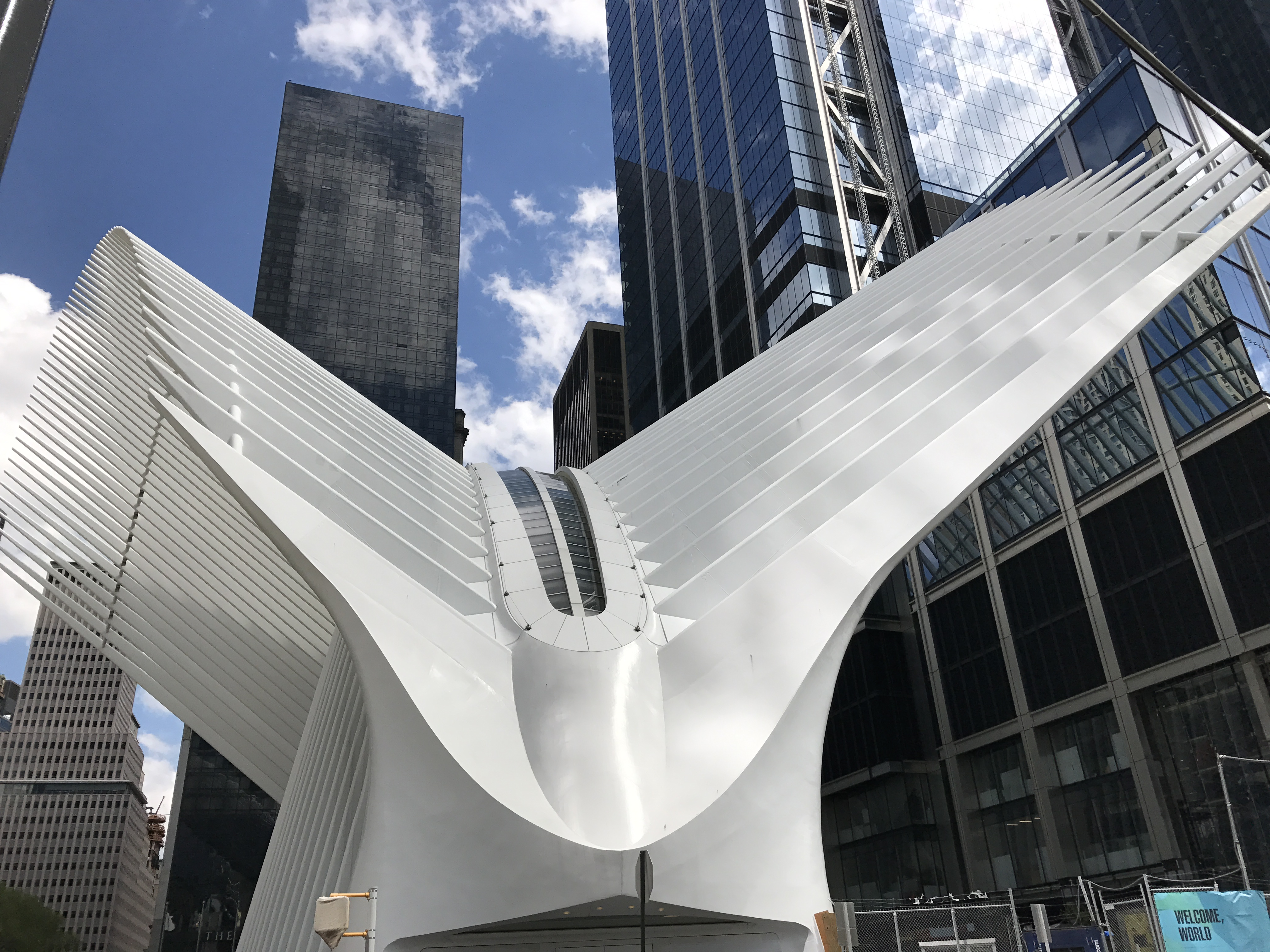
There is growth and renewal at Ground Zero, with the exciting and incredibly amazing architectural wonder, the new Oculus World Trade Center Transportation hub filled with retail and restaurants. New hotels line the area, including the Marriott Courtyard Downtown Manhattan World Trade Center, which opened in late December, 2016. It was my home for the time I would spend in the city. I was fortunate to have a high level room overlooking the Freedom Tower, 911 Memorial and Museum and Hudson River. The majority of the area has been rebuilt, but there are still parcels of land damaged in the 911 attacks that are poised for growth.
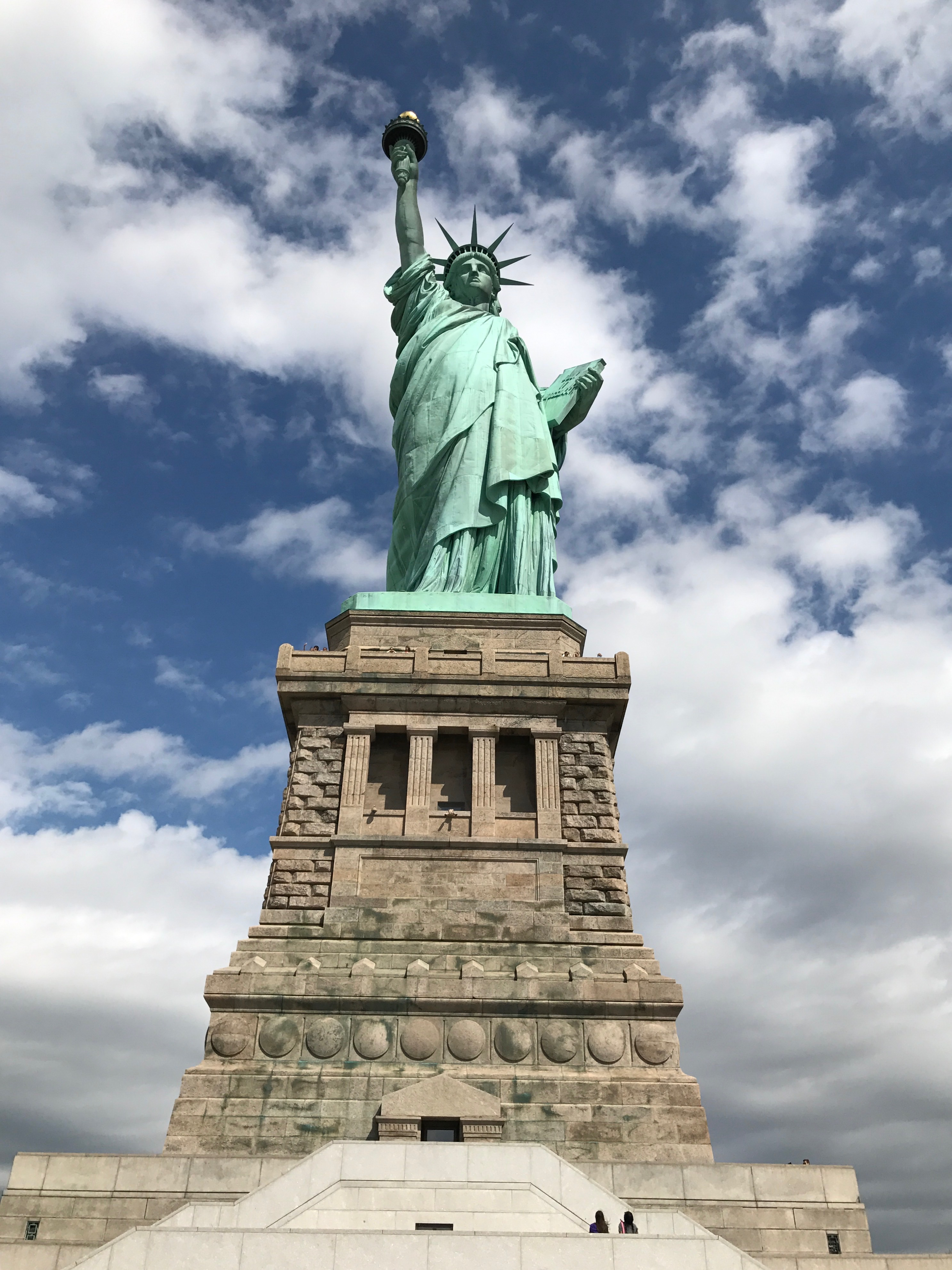
My recent visit to this energized city included a busy itinerary to experience all the well-known stops. Trying to determine what I would share about this visit to New York was not easy, as everything I experienced was amazing; the 323 stair climb to Lady Liberty’s crown, walking the same path my Great Grandfather and Grandmother crossed on Ellis Island after arriving from Russia by steamship over 125 years ago, visiting the 911 Memorial and Museum, seeing a Broadway play, people-watching in Times Square, gazing at the beautiful tulips in bloom throughout the city, drooling over the food displays at EATALY and Chelsea Market, and experiencing the culinary delights of talented NYC chefs. At the risk of writing a novel, I decided to share an experience I can’t seem to get out of my mind now that I’ve returned home.
The image of a single white rose protruding from a name on one of the 911 Memorial’s bronze walls was the single most memorable experience of my visit to the city.

A short-stemmed white rose can been spotted in a sea of names every day at the 911 Memorial to celebrate the victim or victims who would be celebrating a birthday on that particular day.
At least one or more of the 2,983 victims of the 1993 and 2001 World Trade Center attacks, Pentagon attacks, and Flight 93 that went down in a field near Shanksville, Pennsylvania, represents a birthday every day of the year.
During the walking tour of the 911 Memorial, the host commented the idea for the birthday rose was conceived in 2013 by a memorial volunteer. The roses are donated by a longtime New Yorker who owns a local florist shop, and museum volunteers take time each morning before the Memorial opens to carefully place a rose in the recess of the birthday recipient’s name. The host explained one of these volunteers and also a 911 survivor, George Mironis, has taken on the responsibility to place the roses out each morning, even on his day off. It has been a way to honor his friends and co-workers who were killed on 911. The day after the individual’s birthday the rose is removed, but not before the volunteer takes a picture of it and sends it to the family.
The day I visited the 911 Memorial there was a single white rose on the first Memorial panel I approached. Clearly, the image of the rose stirs emotions of those on the walking tour, including myself. The recipient of the rose is a woman named Norma Lang Steuerle. The reality sinks in quickly; this isn’t just a name on the 911 Memorial, but someone who was possibly a wife, mother, daughter, sister, cousin, aunt, neighbor, or friend, and who on this particular day has family and friends grieving her absence on her birthday.

The Memorial is divided into nine categories and according to the host, there was meticulous detail and effort to place the names, not by alphabetization, but by meaningful adjacencies. The family of each victim was contacted and asked their preference to where they desired their loved one’s name be placed.
The host explained many of these adjacencies were obvious; those who worked together in the towers, first responders, friends, or even the eleven unborn babies. Yet, there were not-so-obvious requests such as a family who desired their loved one’s name be next to her childhood friend, who happened to be on one of the airplanes that crashed into the tower where their family member worked; both friends losing their lives that day. The host continued to share story after story about the concerted effort to considerately place each name on the memorial. A monumental task for sure.
The host told one final story about a red bandana worn by Welles Remy Crowther, who risked his life to help many evacuate from the South Tower. Growing up, Welles had hoped to become a fireman, but after college, his career landed him in the finance industry and on 911 he was working for an Equities Trader on the 104th floor of the South Tower. Wells was credited with saving several people as he continually re-entered the tower to evacuate more people. Survivors would later tell of a man wearing a red bandana, who led them down a stairwell to safety. Wells did not survive but was found with several FDNY firefighters in the rubble of the makeshift command center in the South Tower, still wearing his red bandana. His family requested his name be placed on the memorial with the local FDNY and other first responders who also lost their lives that day.
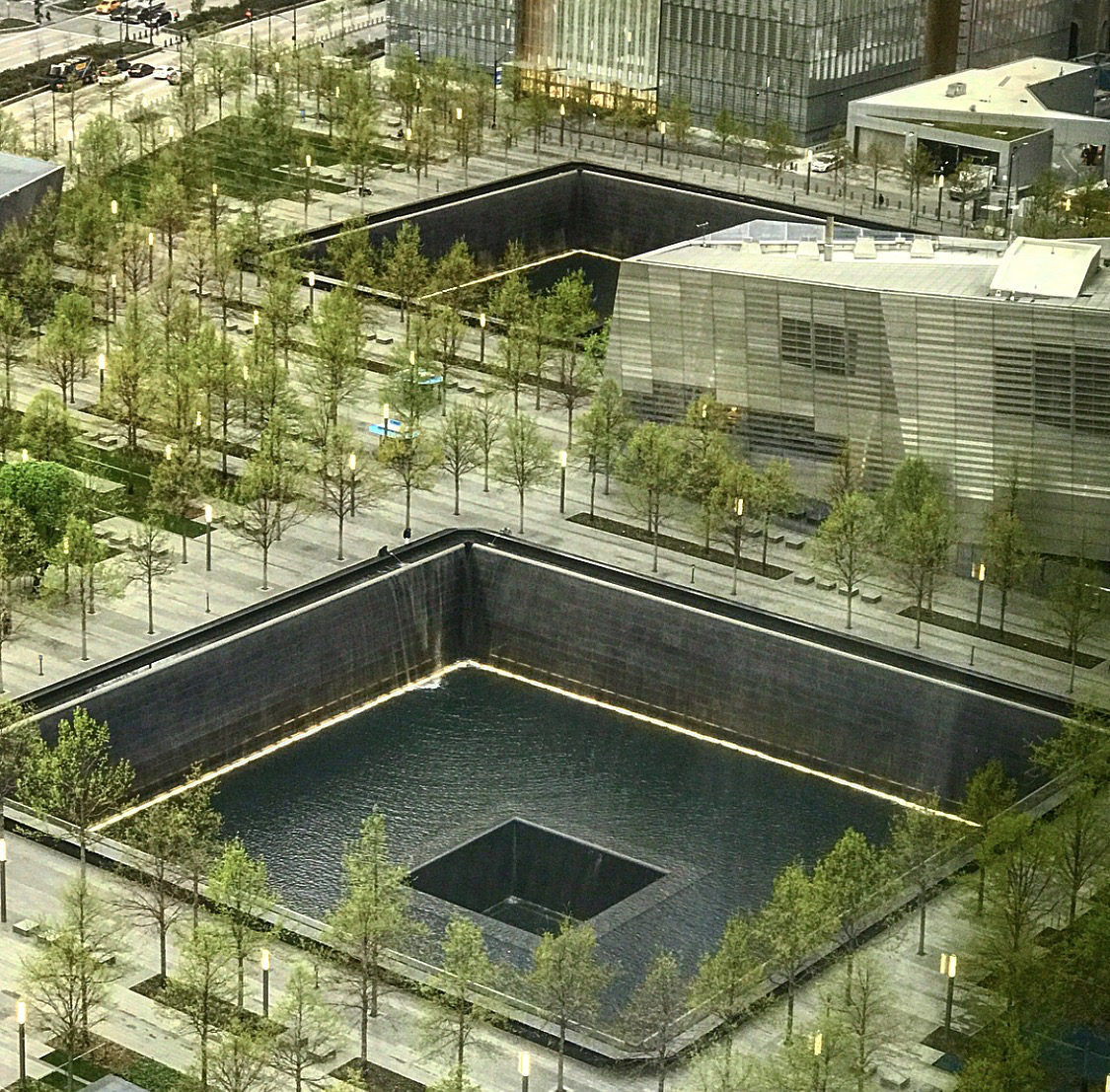
The 911 Memorial is comprised of two square acre-wide reflecting pools. Each outline the exact footprint where the North and South World Trade Towers individually stood. The first view of the expansive pools reminded me of the moment a friend called in the early morning of September 11, 2001, begging me to quickly turn on the television. Sixteen years isn’t enough time to wipe out the memory of crying together over the phone as we watched the destruction of both towers.
 pc: 911memorial.org
pc: 911memorial.org
Today if you visit the 911 Memorial you will see revival, beauty, and growth. A solitary callery pear tree, rescued from the rubble of one of the towers is present on the Memorial plaza; a reminder of how New York City continues to thrive. It is known as the Survivor Tree and is joined by over 600 newly planted Swamp White Oak Trees throughout the Memorial plaza. It creates a park-like experience with numerous benches to stop and sit, ponder and reflect.
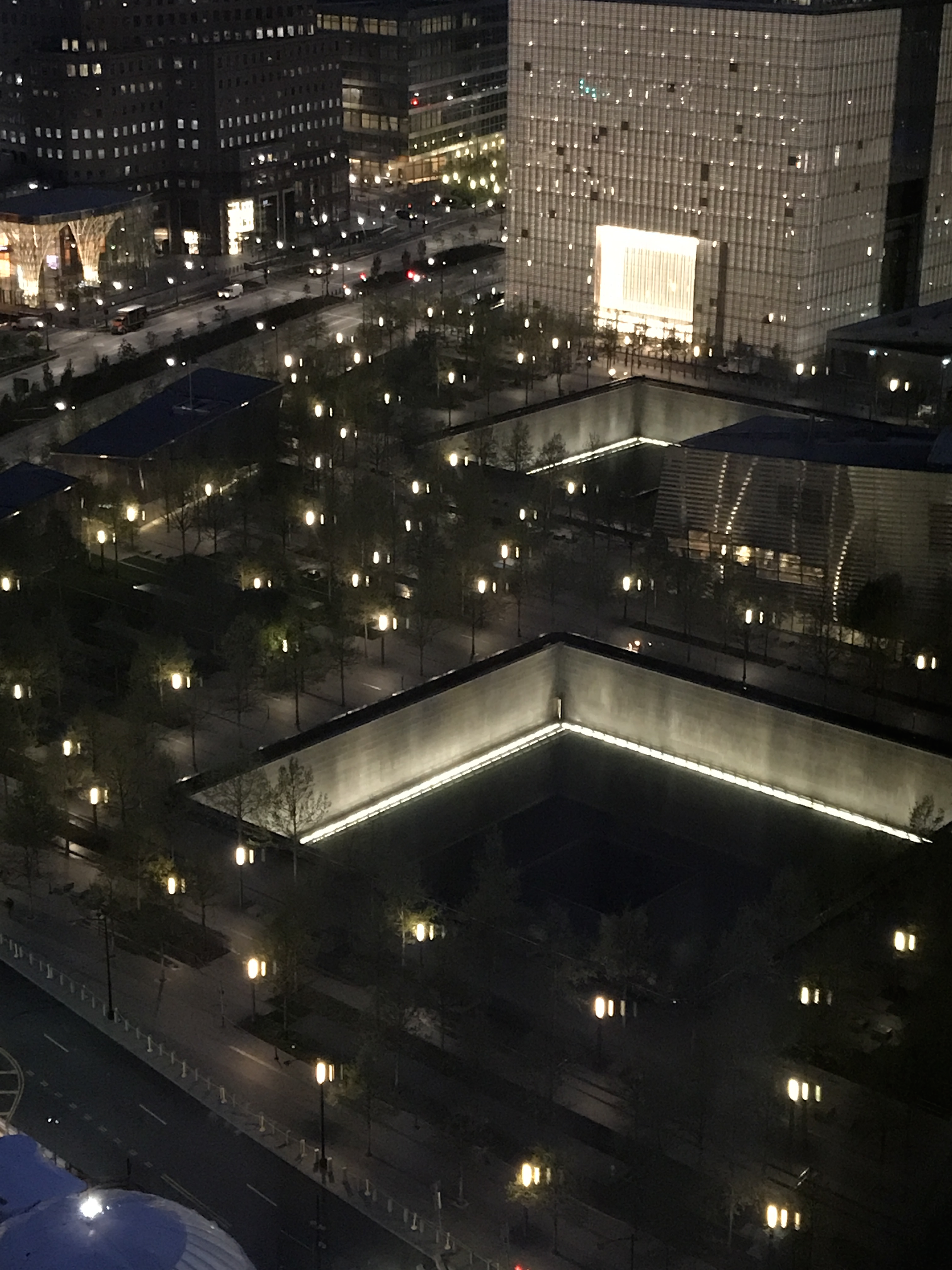
The Memorial’s architect, Michael Arad, designed the two massive thirty-foot deep black granite water filled pools, fed by gorgeous waterfalls that spill into an abyss in the middle; a seemingly bottomless pit, which the host shared has visitors interpreting the Memorial design meaning.
In an interview with Yale News, Arad described naming the memorial Reflecting Absence, to signify a “sense of rupture and continued absence and a place where people can come together and stand side by side with strangers, where a sense of community, compassion, stoicism and courage can be felt.” The host commented the memorial means different things to visitors, depending on how they were personally affected by the attack. If time permits on your visit to the city, seeing the Memorial is as beautiful and impacting at night as it is the day.
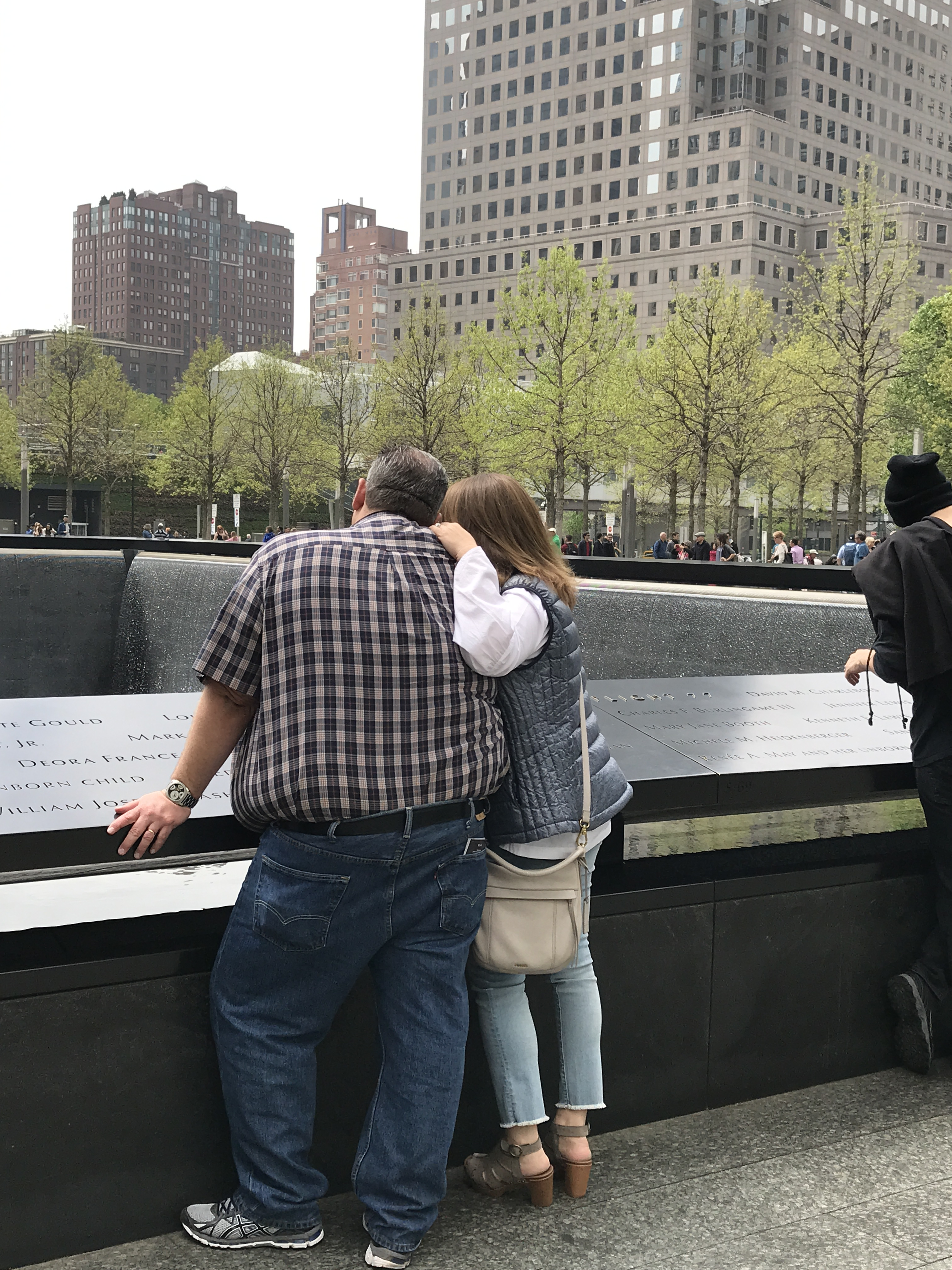
After all these years, the 911 Memorial and adjacent 911 Museum stir deep emotions of those who visit. There is a stillness in the air with visitors quiet and reflective. You might likely see someone with their forehead pressed to the bronze panel and hear a soft whimper coming from their direction. The years that have passed still do not diminish the emotional response to those lost on 911.

As my visit to this sacred ground comes to an end, I look back a final time at the Memorial and see a lone duck playing in the stream of water and teetering on the edge of the inner abyss; intuitively careful to not fall in.
In my view it symbolizes the resilience of this amazing city to thrive even when on the edge of an abyss. New York City’s resolve to thrive and move forward in the face of adversity is why I will always keep returning to all this amazing city has to offer.
If You Go
Memorial and Museum
If you plan to visit the memorial and are interested in looking up an individual name and location, you can research at www.911 memorial.org The 9/11 Memorial is free of charge and open to the public daily from 7:30am to 9pm. A walking tour is not required (and is an additional fee), but highly recommended if you are interested in learning more about the Memorial.
The 911 Museum is open daily. Sunday – Thursday, 9:00am – 8:00pm, with last entry at 6:00pm, and Friday and Saturday, 9:00am – 9:00pm, with last entry at 7:00pm. Reservations are recommended. https://www.911memorial.org/visit Tickets start at $26 for adults.
Give yourself at least half a day to experience both the 911 Memorial and Museum.
Stay
Marriott Courtyard Downtown Manhattan World Trade Center is within walking distance to the Freedom Tower and 911 Memorial and Museum. Request a upper level room with a view of the Freedom tower and Memorial!
Eat
There are several restaurants located in the area of the 911 Memorial and Museum, and a short block away, you’ll find the interesting and enjoyable EATALY, at 4 World Trade Center, 101 Liberty Street, 3rd floor, offering multiple restaurants and food choices. Open from 7:00am – 11:00pm.
Happy Travels!
Jan

